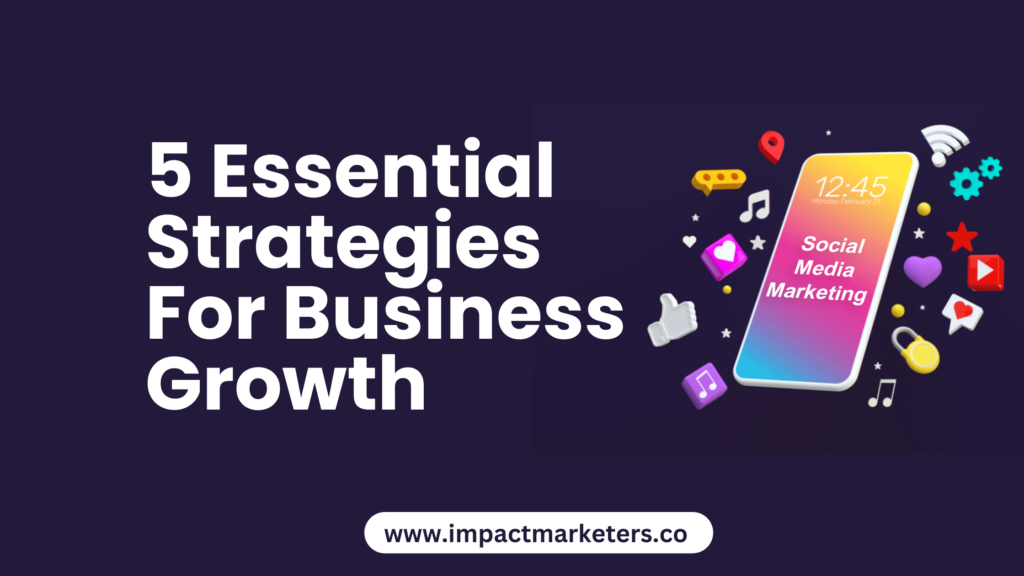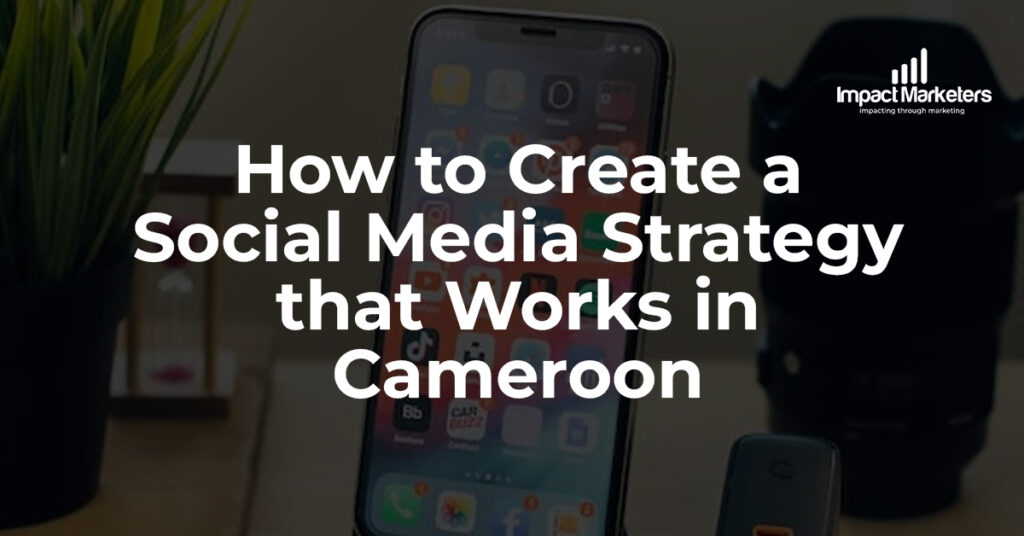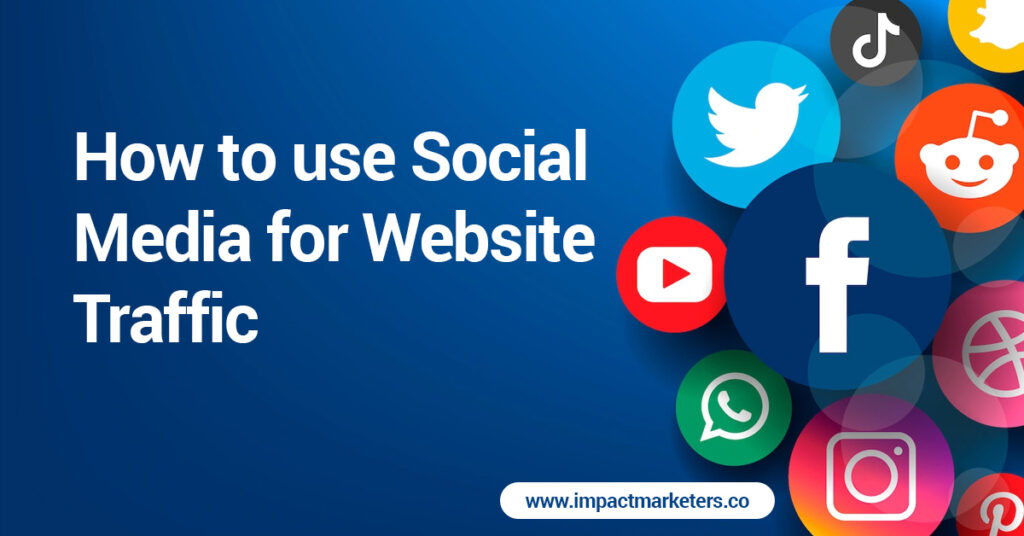It may surprise you to learn that 3.96 billion individuals use social media regularly worldwide. That is more than half of all people on Earth! Social media is an exceptionally effective tool for businesses. It has completely changed the way we connect, communicate, and consume information.
In the present day, social media marketing is becoming an important component of any profitable business strategy. It provides a unique platform that helps businesses interact with their target market. It increases awareness of their brands and boosts conversions. Using social media to its full potential can have a big impact on your business’s growth and success. Regardless of size, from small startups to multinational corporations.
This blog post will list the top five social media marketing tactics that all businesses need to know. We’ll cover every necessary aspect for developing a strong social media marketing strategy, from identifying your target audience to keeping up with the most recent developments.
1. Define Your Target Audience
Identifying your target audience is an important first step in creating a successful social media marketing strategy. It is essential to know who your ideal customers are to customize your messaging and content so it speaks to them. You can increase the possibility of conversions and loyalty from your followers by defining your target demographic and creating a more interesting and tailored experience for them.
To understand your target audience better, market research is important. To get started, examine your current clientele and identify common characteristics, including attributes, interests, and habits. For additional help gathering useful data, try using tools like focus groups, surveys, and social media analytics. Insights on your competitors’ target demographic can also be gained by keeping an eye on their social media accounts.
Choose the Right Social Media Platforms
There are plenty of platforms available for social media marketing. Every social media network, including Twitter, LinkedIn, YouTube, Facebook, and Instagram, has its own features and targets various user groups. To make sound choices, you must become familiar with the various platforms and understand their advantages and disadvantages.
Choosing the social channels that best suit your target market and your objectives is important because not all of them are created equally. In the case of B2B businesses, LinkedIn might be a better fit, but if you are targeting a younger audience, Instagram and Snapchat might work better. Your content will reach the proper audience and optimize engagement and conversions if you choose the appropriate platforms.

2. Develop a Content Strategy
The basis and heart of social media marketing is content. It serves as a means for businesses to communicate with their target market, spread their brand message, and encourage desired behaviour. Content helps businesses connect with their audience, gain their trust, and become recognized as experts in their field. It can take many forms, such as an eye-catching image, an educational blog post, or an engaging video. Social media marketing campaigns risk failing to grab the interest and attention of the intended audience if they lack interesting and relevant content.
Developing a solid content strategy is essential for it’s success. Here are some tips to guide you:
- Content Types: Try out several content types, including blog entries, videos, infographics, pictures, and user-generated content. Mixing up the kinds of information you deliver will keep your feed interesting and appealing to a wider range of users.
- Posting Frequency: When it comes to social media, consistency is important. Establish a posting schedule that fits both the expectations of your audience and your available resources. Providing high-quality material on a regular basis is preferable than flooding your audience with infrequent, poor-quality pieces.
- Content Themes: For your industry, brand, and target audience, develop a content calendar that centers around important themes. As a result, your content will be in line with your entire marketing objectives and your brand will remain constant.
- Engage with Your Audience: By posing questions, answering comments, and carrying out interactive marketing, you can promote dialogue and engagement. This helps you establish a connection with your audience and creates a feeling of community.
- Analyze and Optimize: Examine the impact of your content on a regular basis with social media analytics tools. Determine the content types that your audience responds to the most, then modify your approach accordingly. Try out various tactics, keep an eye on the outcomes, and adjust your plan as needed to keep your content more effective.
3. Optimize Your Profiles
Your social media profiles function as the public face of your business across several channels. For your profiles to be more visible, get followers, and encourage interaction, they must be optimized. In addition to making it easier for visitors to find and identify your brand, a well-optimized profile encourages them to interact with your content and take action. You can create credibility with your target audience and make a good first impression by optimizing your profiles.
Tips on optimizing your profile
To optimize your social media profiles, pay attention to the following:
- Profile Pictures: Choose a high-quality, visually appealing profile picture that represents your brand or logo. Ensure that it is easily recognizable, even at a small size.
- Bios: Craft a concise and compelling bio that communicates your brand’s value proposition. Use relevant keywords to improve discoverability and provide a clear call to action that directs users to your website or other desired actions.
- Contact Details: Include accurate and updated contact information, such as your website, email address, and phone number. Make it easy for users to get in touch with you or learn more about your business.
The significance of consistent branding across all social media profiles
When it comes to branding, consistency is important. Make sure that the visual elements of your brand, including fonts, colours, and logos, are the same on all of your social media accounts. This strengthens the presence of your brand and makes it simpler for users to recognize and interact with your content by establishing a consistent and identifiable brand image. Because it presents a polished and uniform brand image, consistent branding also aids in the development of credibility and trust.

4. Collaborate with Influencers
Influencer marketing has grown to be an effective tool in social media marketing, providing many advantages to businesses. Businesses can reach their audience by working with influencers and using their authority and influence to market goods and services. Influencers can provide genuine and relatable material that connects with their audience, thus increasing brand recognition, outreach, and credibility. Influencer partnerships can also increase traffic and conversions, and they can even assist businesses in breaking into new markets or focusing on particular niches.
Tips on identifying and partnering with relevant influencers
When it comes to selecting influencers to collaborate with, it’s important to consider relevancy, authenticity, and alignment with your brand values. Here are some tips to help you identify and partner with relevant influencers:
- Define your goals: Clearly outline your objectives for the influencer collaboration, whether it’s increasing brand awareness, driving sales, or reaching a specific audience segment.
- Research and vet influencers: Conduct thorough research to identify influencers who align with your target audience and industry. Look for influencers who have a genuine connection with their followers, high engagement rates, and a consistent brand image.
- Analyze their content: Review the influencer’s content to ensure that it aligns with your brand’s values, aesthetics, and messaging. Authenticity is key, so choose influencers who create content that resonates with their audience and can naturally incorporate your brand into their content.
- Consider metrics: Evaluate an influencer’s reach, engagement, and audience demographics to determine if they can effectively reach your target audience.
- Establish clear expectations: Communicate your goals, expectations, and deliverables to the influencer. Set a budget, negotiate terms, and outline the scope of the collaboration to avoid any misunderstandings.
5. Stay Updated with Trends and Changes
Businesses must stay current to stay relevant and profitable in the ever-evolving world of social media platforms and trends. Anything hot right now might not be the same tomorrow. Because it is dynamic, businesses need to be flexible and open to change to stay on top of the game. Understanding the ever-changing nature of social media platforms and trends allows businesses to strategically position themselves to capitalize on rising opportunities and maintain engagement with their intended audience.
Tips on staying updated with industry news and changes in social media algorithms
To stay updated with industry news and changes in social media algorithms, consider the following tips:
- Follow reputable sources: Stay connected with industry experts, influencers, and reputable publications that provide insights and news about social media trends. Subscribe to newsletters, follow blogs, and engage in relevant online communities to stay informed.
- Attend industry events and conferences: Participate in industry events, conferences, and webinars to learn from experts, gain insights into emerging trends, and network with professionals in the field. These events often provide valuable information on the latest changes and best practices in social media marketing.
- Engage in social media communities: Join social media groups and communities where professionals share knowledge, discuss trends, and exchange ideas. Actively participate in discussions and ask questions to gain insights from others in the industry.
- Monitor social media platform updates: Keep an eye on official announcements and updates from social media platforms themselves. Platforms like Facebook, Instagram, Twitter, and LinkedIn often release new features, algorithm changes, and best practices that can impact your social media strategy.
Conclusion
We have looked at some ways to improve your social media marketing throughout this blog post. It is time to implement these strategies now that you have a better understanding of them. By putting these tactics into practice, you can improve engagement on social media, expand your audience, and meet your marketing objectives. Do not be afraid to try new things, get feedback from your audience, and adjust your strategy as you go.
If you need further assistance with your social media marketing, check out our Social Media Marketing Service.







Great
Thank you very much for your feedback.
Pingback: Social Media and SEO: A Winning Combination for Online Visibility - Impact Marketers